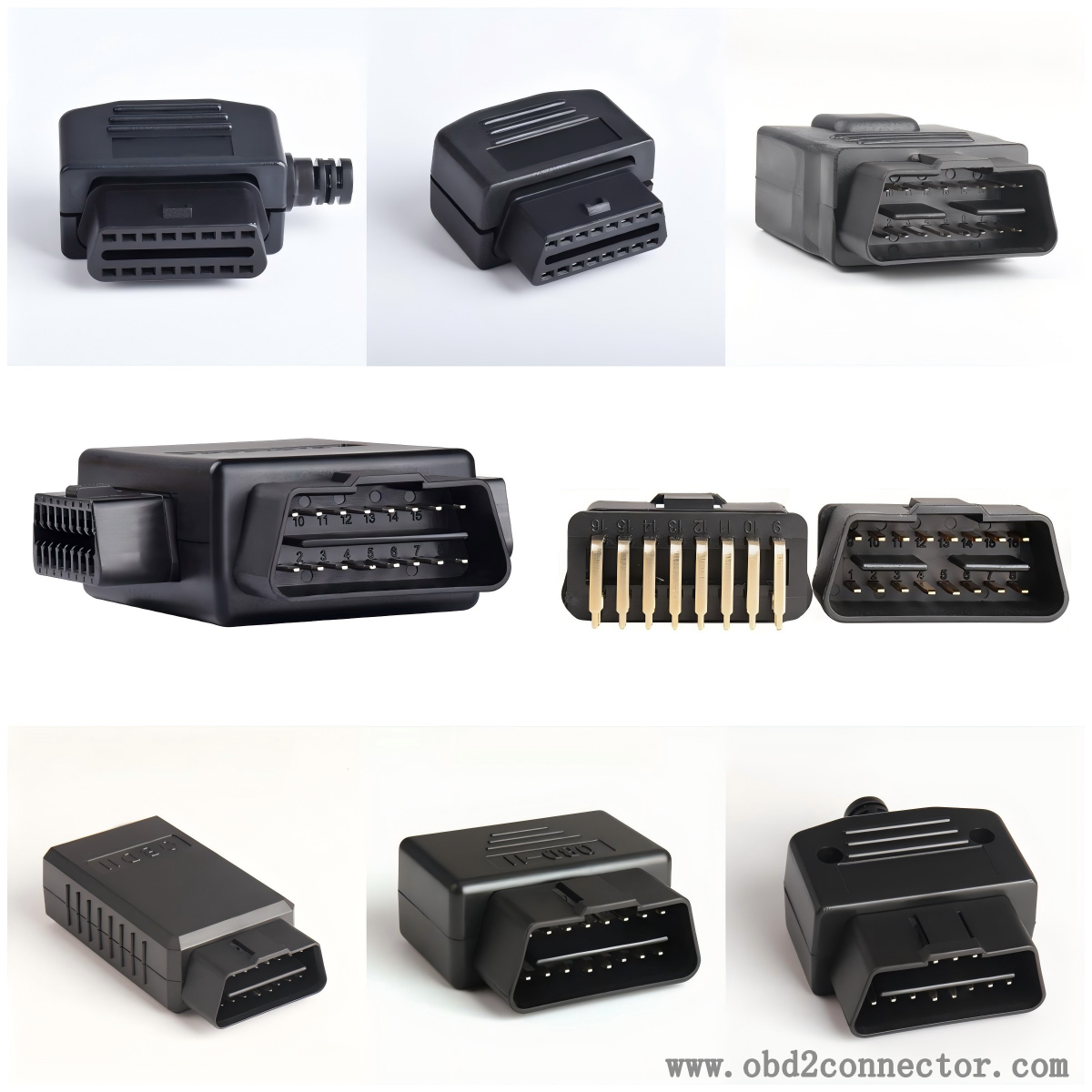Introduce the development history of OBD2 connectors
The development history of OBD2 connectors is as follows:
Early exploration stage (1960s to 1980s):
In 1968, the first OBD control system with scanning function was introduced to monitor the operating status of the engine.
In 1978, it was equipped with a simple OBD system that could make real-time adjustments to the fuel injection system.
In 1979, the Society of Automotive Engineers (SAE) recommended standardized diagnostic connectors and a set of diagnostic test signals, laying the foundation for the standardization of OBD systems.
In 1980, General Motors introduced a protocol called ALDL (Assembly Line Diagnostic Link) for testing engine control modules.
OBD-I Phase (1988-1996): In 1988, the California Air Resources Board (CARB) mandated that all vehicles sold in California must be equipped with an OBD-I system to monitor engine control modules, exhaust gas recirculation systems, fuel delivery systems, and oxygen sensors. However, the system lacked standardization, and vehicles from different manufacturers required specialized adapters or scanners to read fault information, and could not detect engine misfire, evaporative emission systems, catalytic converters, and other issues.

OBD-II phase (1996 present):
In 1996, the US federal government mandated that all new cars sold in the United States must comply with the OBD-II standard, requiring a unified diagnostic interface, fault codes, and communication protocol. This enabled any trained technician to use universal diagnostic tools to read vehicle fault codes, improving vehicle maintenance efficiency.
Since 2000, the European automotive market has gradually required newly produced vehicles to have OBD functionality, known as EOBD..
In 2005, China issued the National III Emission Regulation (for light-duty vehicles), which clearly stipulated that vehicles must have OBD function.
In 2008, all vehicles in the United States were required to implement OBD-II using ISO15765-4 (CAN protocol), further standardizing the communication protocol of OBD-II.
With the continuous development of automotive technology, OBD2 connectors are not only used for emission control, but also extended to monitor more systems of vehicles, such as fuel systems, braking systems, electronic stability programs, etc. In the future, OBD systems may develop towards a more intelligent and networked direction. For example, OBD-III envisions real-time reporting of vehicle status and faults through wireless communication, strengthening supervision and maintenance responsibilities.